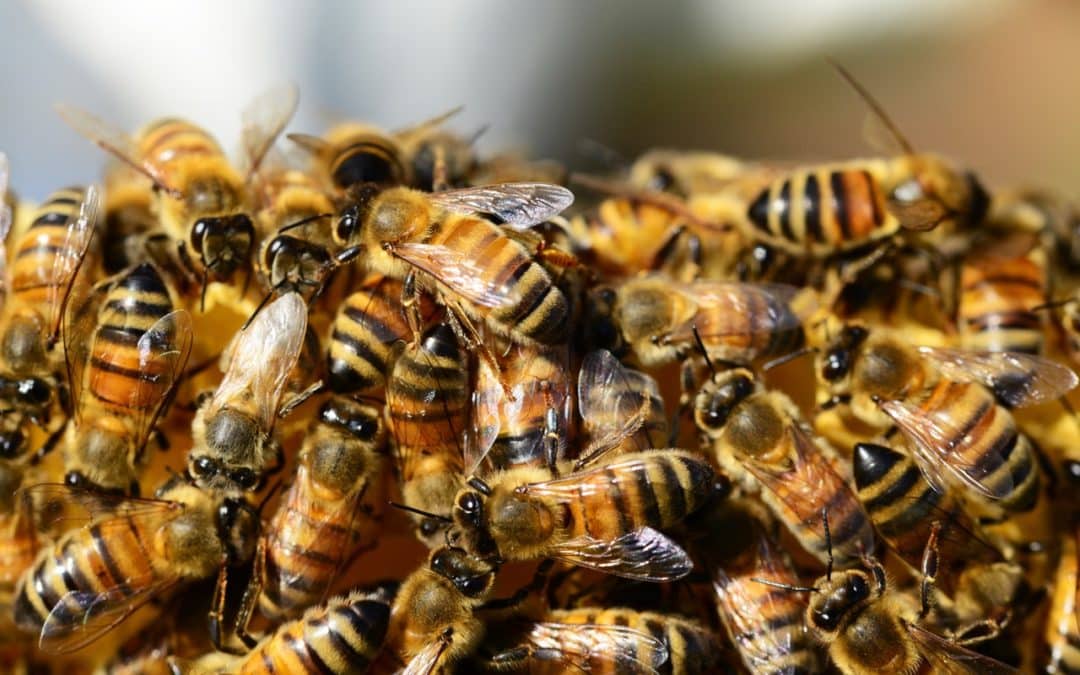In 1989, massive swarms of Africanized honey bees, known commonly as “killer bees,” were located and destroyed in North Carolina’s Morehead City and the Port of Wilmington. Now, nearly three decades later, these dreaded bees are still a concern for North Carolina residents. Because of this, It’s important to understand how these bees function, why they are considered dangerous, what you can do to keep yourself and your family safe, and when to get bee removal in Charlotte, NC.
What Are Killer Bees?
The Africanized honey bee is a hybrid between the Western honey bee and various species of the European honey bee. Though first introduced in Brazil in 1956, it wasn’t until the late 1980s that swarms of the species reached North America.
What Do Killer Bees Look Like?
Killer bees and standard honey bees are very similar in appearance and play an equally important role in pollinating the environment. Therefore, one of the best ways to identify the difference between the two is that killer bees are smaller than their counterparts.
Why Are Killer Bees Dangerous?
Every type of honey bee contains venom, and killer bees have no more venom than any other bee species. What makes them dangerous, however, is that when killer bees attack, the entire swarm goes after the threat rather than just a few who have a duty to protect the hive.
How Far Will Killer Bees Chase You?
Not only can killer bees chase their subject for more than a quarter-mile, but they also sting their victims ten times more than the average honey bee.
Can Killer Bees Kill You?
Killer bees attack with enough vengeance that they are capable of killing humans, as well as large animals like horses.
What Should You Do If You Encounter a Killer Bee?
First and foremost, if you believe there are killer bees on or around your property, call a pest control specialist immediately. These professionals have the knowledge and resources needed to safely and efficiently exterminate any threatening bee population. Secondly, if you encounter a swarm of bees, whether they are killer bees or not, run as quickly as possible away from the threat.
- Whether you run to the safety of a building or a nearby pool, lake, or other bodies of water, finding shelter and protection of some sort is key.
- If no protection is immediately available, keep running; bees will typically only follow you for a quarter mile or less.
- You can also use a tarp, blanket, or other protective layers as a defense for you or another person who might be getting attacked.
- As always, seek medical attention right away if you’ve been attacked by a swarm of bees.
If you need bee removal in Charlotte, Greensboro, Raleigh, or beyond, contact the experts at Sage Pest Control.


